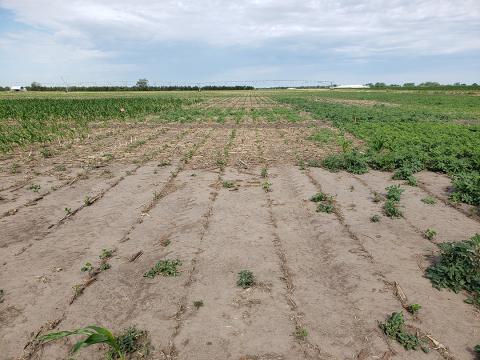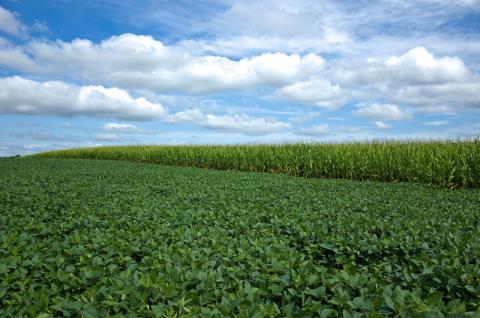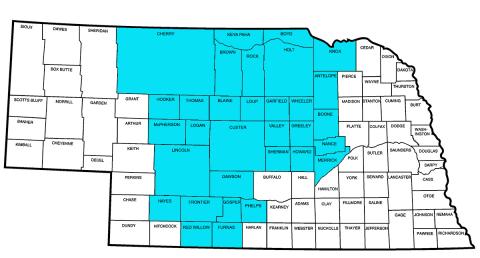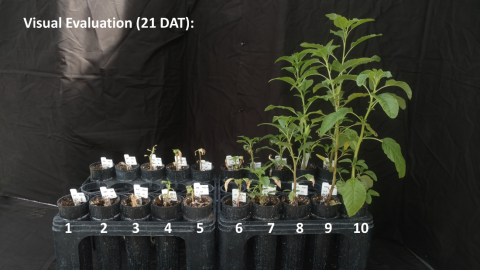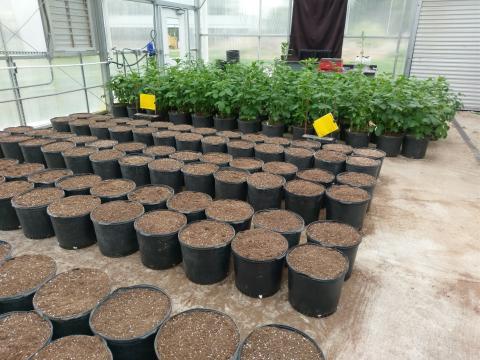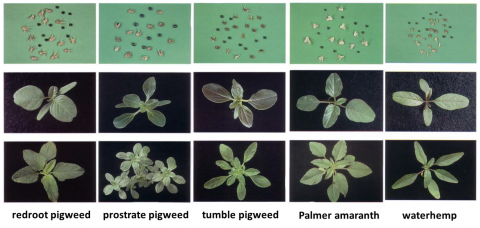Weed Management in Storm-damaged Soybean
June 30, 2022
If considering post-emergence herbicide as an option for weed control in storm-damaged soybean, it's important to check the maximum amount of active ingredient that can be applied to avoid crop injury.
Update by Environmental Protection Agency on Enlist Products: What Does that Mean for Nebraska Growers?
March 31, 2022
Enlist corn and Enlist soybean producers in Nebraska will be able to use Enlist One and Enlist Duo herbicides in the 2022 growing season following a revision of U.S. EPA guidelines this week.
Environmental Protection Agency Renews Enlist Product Registrations with New Control Measures: What Does that Mean for Nebraska Growers?
January 26, 2022
Enlist corn and Enlist soybean producers in 32 Nebraska counties will be restricted on the use of two herbicides in the 2022 growing season.
Combine Clean Out Can Help Reduce Weed Spread
August 25, 2021
With increasing pressure from herbicide-resistant weeds such as kochia and introduced herbicide-resistant weeds such as Palmer amaranth and waterhemp, it is important to reduce spreading of weed seed. Doing a limited cleaning between fields and choosing which fields to harvest first can be an important factor in this endeavor.
Factors to Consider When Multiple Herbicide-Resistant Soybean Traits Coexist
April 6, 2021
Confused about which soybean traits are resistant to dicamba or glufosinate? This NebGuide will help you through the process of making the best decision for your farm.
Research Report: Prevalence and Mechanism of Atrazine Resistance in Waterhemp from Nebraska
October 26, 2018
Researchers studied waterhemp populations in eastern Nebraska to evaluate the efficacy of PRE and POST herbicide applications and the mechanism of atrazine resistance. Here's what they found and take-home messages to apply to your operation.
Competitiveness of Herbicide-Resistant Waterhemp with Soybean
September 26, 2018
The objective of this study was to evaluate the competitiveness of three herbicide-resistant Nebraska waterhemp populations with soybean in a greenhouse environment. The results indicate the importance of enhancing early-season crop competitiveness.
Management of ALS-Resistant Palmer Amaranth and Waterhemp in the Panhandle
January 6, 2017
Palmer amaranth and waterhemp in the Panhandle are resistant to ALS-inhibiting herbicides. While control of these weeds in dry bean can be challenging, corn, irrigated small grains, and sugarbeet make good rotation options for control. A combined pre/post treatment strategy controls weeds in the early part of the season when crop yield is most impacted and weed species are most susceptible to control inputs.
